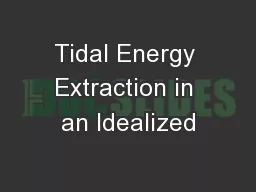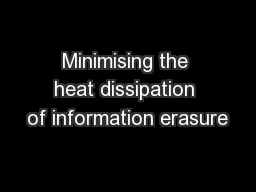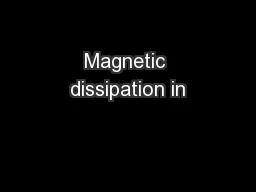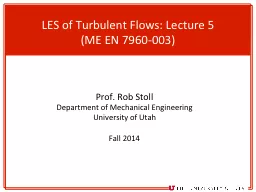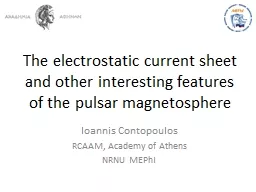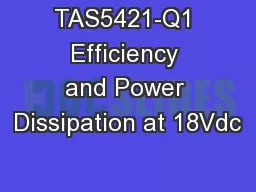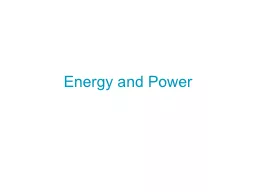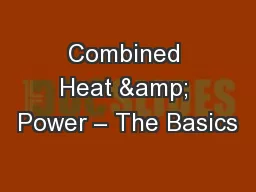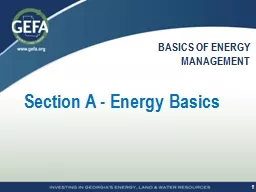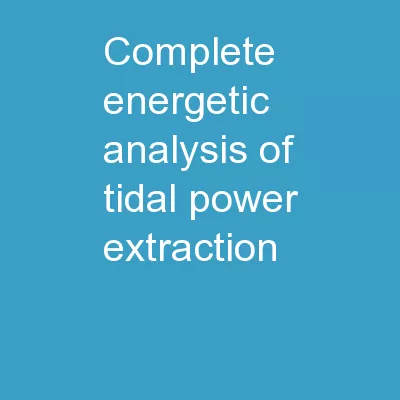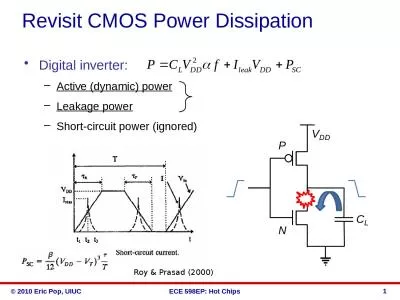PPT-Basics of Energy & Power Dissipation
Author : myesha-ticknor | Published Date : 2019-06-29
Lecture notes S Yalamanchili S Mukhopadhyay A Chowdhary Outline Basic Concepts Dynamic power Static power Time Energy Power Tradeoffs Activity model for power
Presentation Embed Code
Download Presentation
Download Presentation The PPT/PDF document "Basics of Energy & Power Dissipation" is the property of its rightful owner. Permission is granted to download and print the materials on this website for personal, non-commercial use only, and to display it on your personal computer provided you do not modify the materials and that you retain all copyright notices contained in the materials. By downloading content from our website, you accept the terms of this agreement.
Basics of Energy & Power Dissipation: Transcript
Download Rules Of Document
"Basics of Energy & Power Dissipation"The content belongs to its owner. You may download and print it for personal use, without modification, and keep all copyright notices. By downloading, you agree to these terms.
Related Documents


